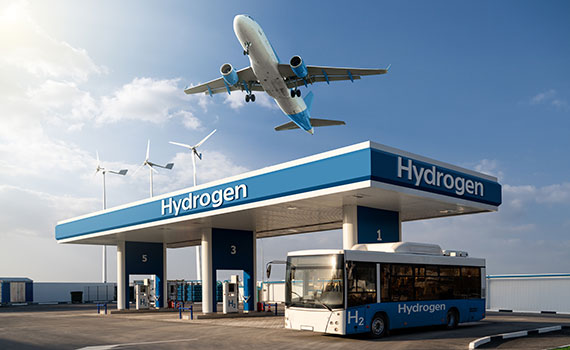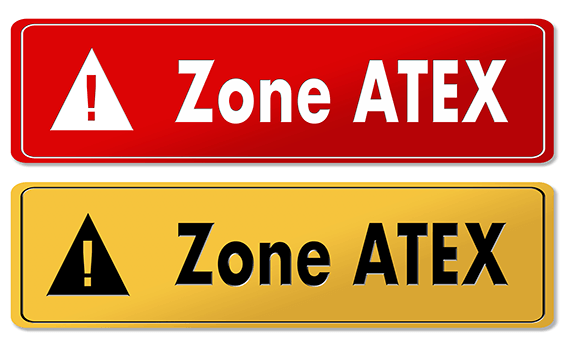ATEX Directive 2014/34/EU covers equipment and protective systems intended for use in potentially explosive atmospheres.
Directive 2014/34/EU (also known as 'ATEX 114' or 'the ATEX Equipment Directive')
Directive 99/92/EC (also known as 'ATEX 137' or the 'ATEX Workplace Directive')
ATEX consist of two European Directives outlining the manufacturers and customers responsibilities regarding equipment, installation and workspace compliance in areas with potentially explosive atmospheres.
ATEX (Explosive Atmosphere) is a European standard that requires understanding of explosion risks in potentially hazardous gas atmospheres. An ATEX Risk Assessment (Dangerous Substances and Explosive Atmospheres Regulations 2002 report, DSEAR for short) is required to be undertaken by the customer at the beginning of the project, see below.
Hazardous Area (ATEX) installations can be a daunting prospect if not familiar with the requirements, here is a brief outline what is reuqired under the Directive and what is needed from the customer as well as from the equipment manufacturer, supplier and installer.

Once an area has been deemed a possible ATEX Zone, then the customer should commission a DSEAR Report and Hazardous Area drawing. The drawing should include numbers and locations for Gas Detection Points, these can be determined from an independent consultant, in some cases after gas mapping has been completed.
Our experienced technical sales team can visit your site to ensure a full understanding of your application prior to quotation, to ensure all the correct information and data has been gathered. Once we are in receipt of the DSEAR report, we can select the correct equipment for the specific installation. The information enables us to quote for a compliant ATEX Installation, including all the correct glands, cabling, containment, inspections, and compliance certificates.
Our ATEX Installation Engineers have many years' experience installing and commissioning ATEX fixed systems. They are Riken Keiki trained and their Technical Skills have been evaluated to an extremely high standard. Our Compex training provider are recognised by the HSE.
All our ATEX installations are approved by an independent ATEX Inspector prior to commissioning. The inspector will provide an ATEX Compliance Certificate which will be needed for Insurance and HSE purposes.
Once the installation has been approved as compliant by the Independent Inspector, our commissioning team will test the system (including witness testing) calibrate and commission the system prior to handover.
At this stage, training can be provided and operational documents exchanged. Your ATEX compliant Gas Detection System will be ready to operate.

In Gas Detection ATEX Zones indicate how dangerous a potentially explosive atmosphere is. It also indicates whether the area is at risk of a gas explosion
| Zone 0 | A place in which an explosive atmosphere in the form of a cloud of combustible gas in air is present continuously, or for long periods or frequently. |
| Zone 1 | A place in which an explosive atmosphere in the form of a cloud of combustible gas in air is likely to occur in normal operation occasionally. |
| Zone 2 | A place in which an explosive atmosphere consisting of a mixture with air of dangerous substances in the form of gas, vapour or mist is not likely to occur in normal operation but, if it does occur, will persist for a short period only. |
We are able to provide products and advice usually within short timescales. For product advice, servicing and enquiries, please contact our experienced team: